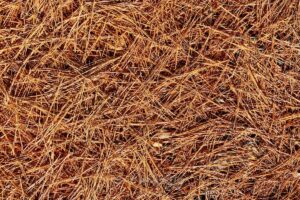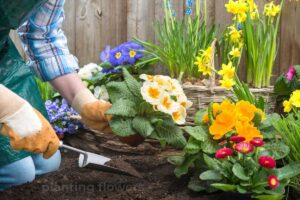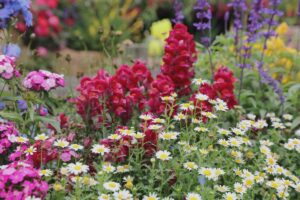This page may contain affiliate links. If you click and buy, we might get a small commission at no cost to you.
Weeds are plants that grow in inappropriate places. They’re typically regarded as harmful because they compete for resources with crops and can spread disease to plants. Weeds in Kentucky are diverse, including everything from a flowering plant to a creeping vine.
This article will look at 15 of the most common weeds in this state.
15 Weeds in Kentucky
1. Creeping Charlie
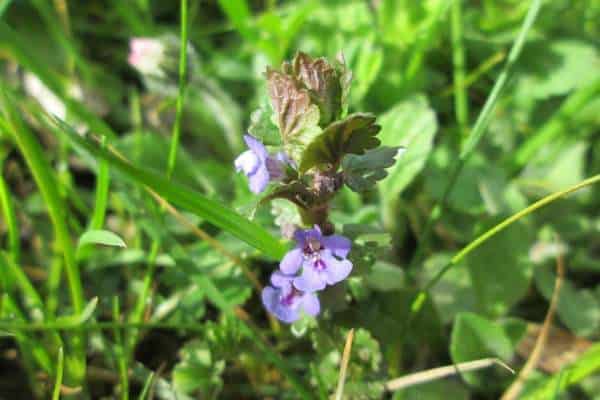
Scientific Name: Glechoma hederacea
Creeping Charlie, also known as ground ivy, is an invasive plant that’s particularly damaging to lawns and gardens. Since the weed grows best in moist soil and full sun, it’s critical to control it if you want your lawn or garden to thrive.
This perennial herb blooms from April to June and has orbicular to kidney-shaped leaves and purplish pink to blue flowers. You can use postemergence herbicides to control the growth of this plant.
2. Common Yarrow
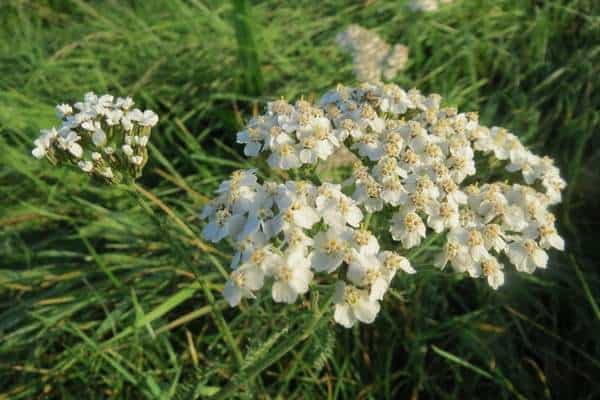
Scientific Name: Achillea millefolium
The common yarrow prefers well-drained soil and can grow in hot climates. This weed has leaves that are made up of many leaflets and emit an aromatic odor when crushed.
Its flowers bloom from June through September. Once the flowers have dried, the plant reproduces by uncovering its seeds.
Many gardeners consider yarrow to be invasive because it grows quickly if not properly managed. To keep these weeds from spreading in your garden, use herbicides or dig them up completely from the roots.
3. Field violets

Scientific Name: Viola arvensis
Field violets are a lovely little plant with a major issue: they’re weeds that can grow in almost any climate and soil condition. It spreads quickly and easily through seeding and creeping roots and can quickly take over a garden.
This weed is distinguished by toothed leaves and flowers on long slender stalks. These flowers bloom from April to May and August to September and are typically yellow with purple-tipped petals.
4. Hemp Dogbane
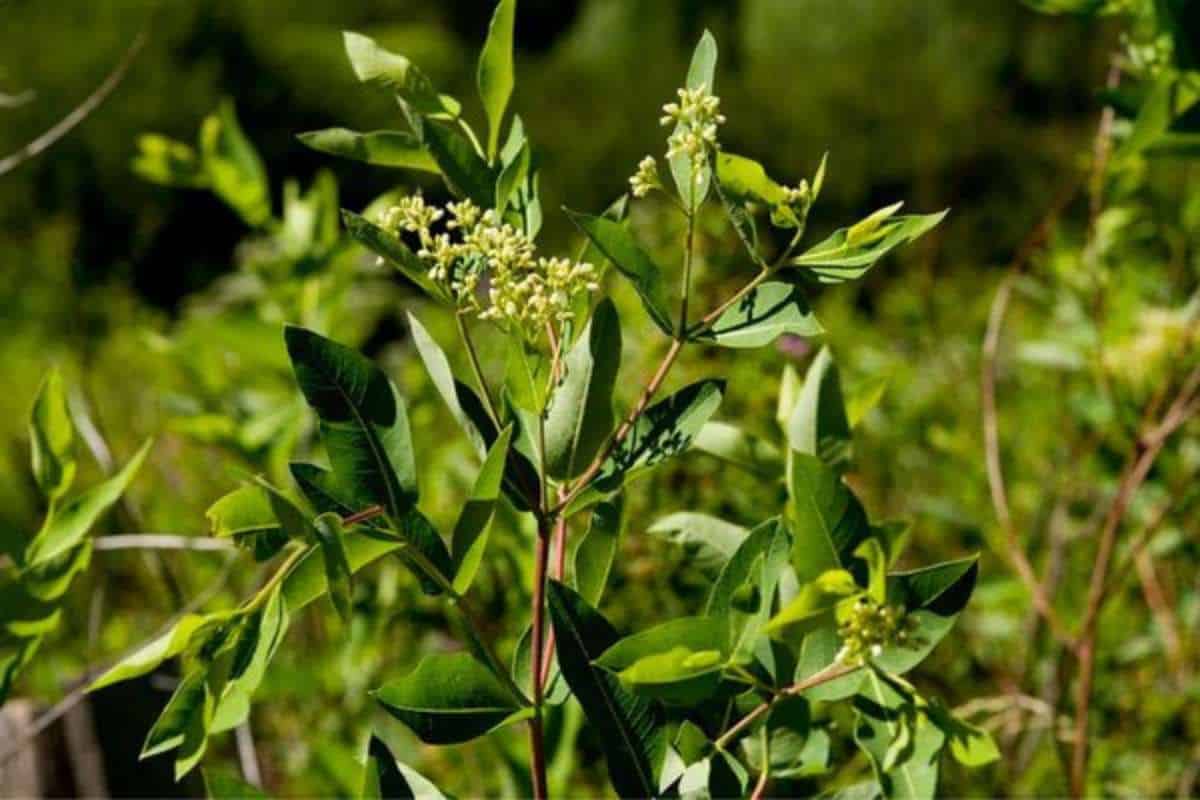
Scientific Name: Apocynum cannabinum
Hemp dogbane is a perennial weed found in many states across the United States, including Kentucky. The plant grows along roadsides, in waste areas, and along the edges of dry woodlands. It prefers low-lying wet areas, but it can tolerate drought once established.
Its stems are slightly woody at the base and have bell-shaped white or greenish flowers. Hemp dogbanes bloom from June to August, with two pods containing the seeds developing from each flower. You can use herbicides or hand-pulling the weeds before they flower to control them.
5. Perilla Mint
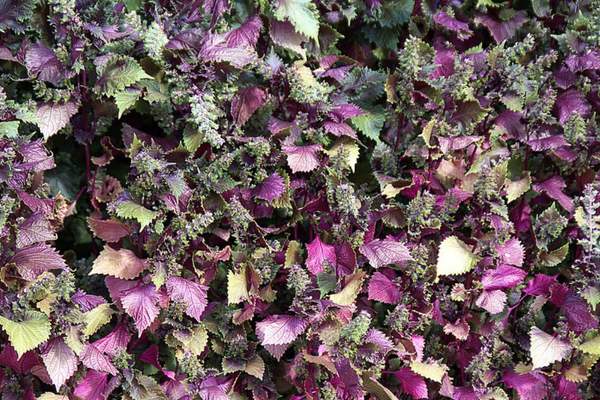
Scientific Name: Perilla frutescens
This very hardy plant can grow in almost any soil and prefers both full sun and partial shade. It spreads through seeds and root fragments, making it difficult to eradicate once it’s established. It grows along roadsides, in landfills, and in barnyards.
This weed is distinguished by its oblong leaves that are coarsely toothed and pointed, as well as its small purple or white flowers that grow in clusters.
6. Bull Thistle
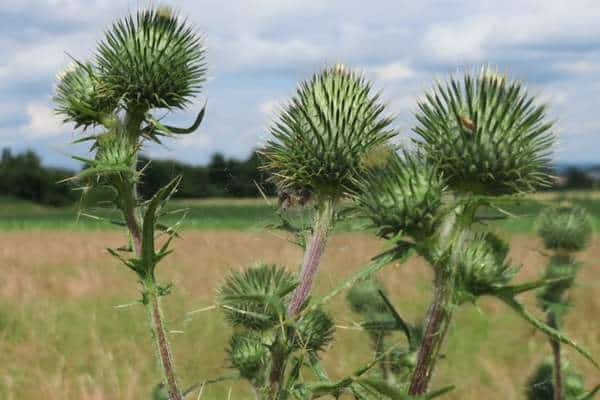
Scientific Name: Cirsium vulgare
Bull thistle is an invasive weed that grows in soils ranging from gravelly to clay-textured. It has woolly hair-covered stems and leaves that are webbed beneath. Its flowers are typically bright purple, but they can also be white.
If you want to control bull thistle on your entire property, dig it up by hand and don’t leave the stems on the ground, as this will encourage further growth.
7. Yellow nutsedge
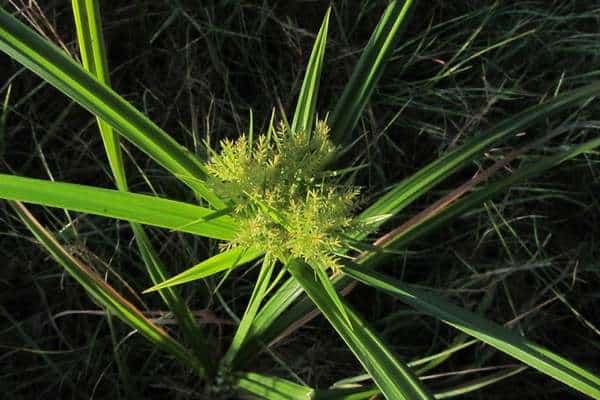
Scientific Name: Cyperus esculentus
If you see a plant with yellowish-green stems, grasslike leaves, and clustered flowers, you probably have a yellow nutsedge growing in your yard. This weed can form dense stands and cause damage to your garden by competing with other plants, so you’ll need to act quickly.
Because of its underground system, it can also be challenging to remove. Herbicides work best to control yellow nutsedge plants, especially before the tubers begin forming.
8. Fall Panicum
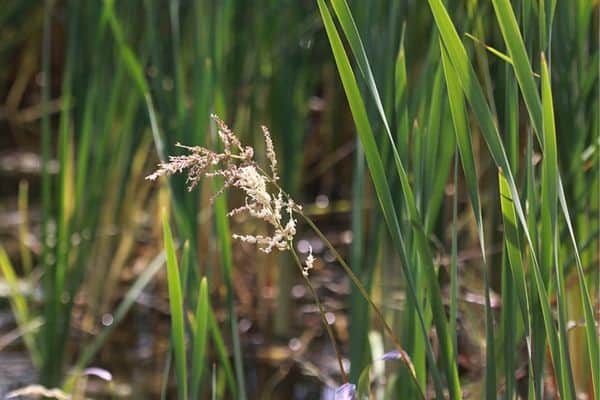
Scientific Name: Panicum dichotomiflorum
Fall Panicum is a summer annual found in gardens, waste places, and cultivated fields. It has hairy leaf blades and produces dull yellow grains. It can be a troublesome weed in areas where crops and other agricultural plants are grown because it’s difficult to control.
Effective ways to stop their spread include applying pre-emergent herbicides and manually pulling up every single Fall Panicum plant already present.
9. Large Hop Clover
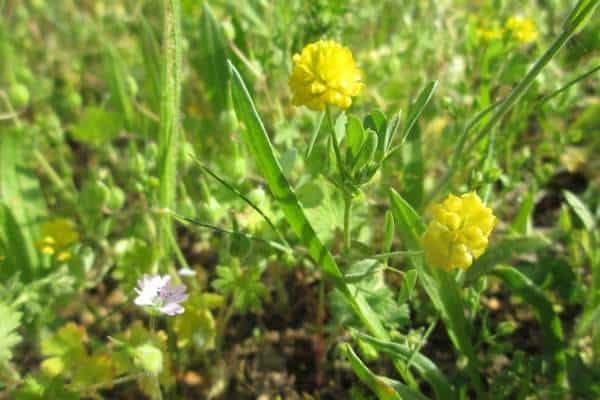
Scientific Name: Trifolium campestre
In Kentucky, Large Hop Clover is a winter annual that’s considered an invasive weed. It’s native to Europe and was brought to the United States.
Since then, it has spread across the country, taking root in disturbed areas, gardens, old fields, and along roadside ditches. The plant has leaves with three leaflets and clusters of flowers that bloom from May to July. Turfgrass cultivars can be planted to prevent the growth of hop clovers if you want to stop this weed from taking over your yard.
10. Wild Carrot
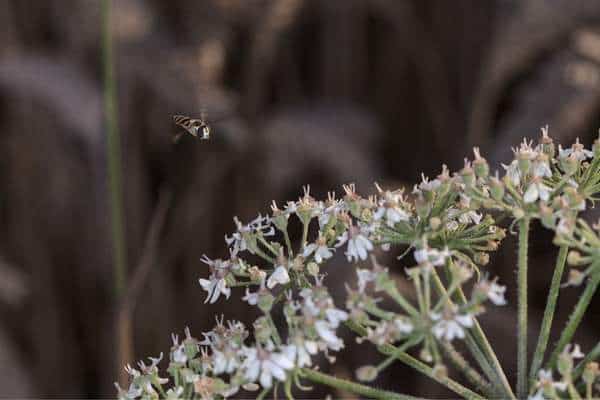
Scientific Name: Daucus carota
Wild carrot is a herbaceous perennial in the parsley family that grows best in sandy soil and full sun. It’s also known as queen anne’s lace because of its finely cut and lacy leaves.
The flowers are tiny and white and bloom from June to September. The root crop grows in the roots, which can be eaten raw or cooked. However, this weed grows quickly in various habitats and may outgrow native plants, causing an imbalance in the environment.
11. Burcucumber
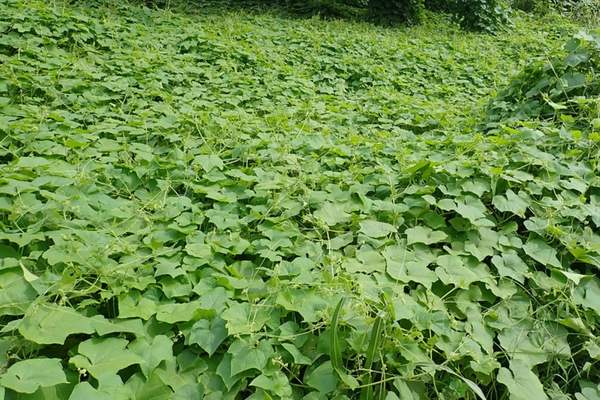
Scientific Name: Sicyos angulatus
Burcucumber is an invasive vine that you can find creeping around bushes and trees in a variety of habitats. It prefers moist and fertile soil and thrives in well-lit environments with full or partial sun.
It has hairy stems and green leaves that are usually heart-shaped. The flowers are greenish-white and bell-shaped, and the fruits resemble tiny cucumbers. You can control burcucumber by pulling out all parts of the plant or using post-emergent herbicides.
12. Prickly Lettuce
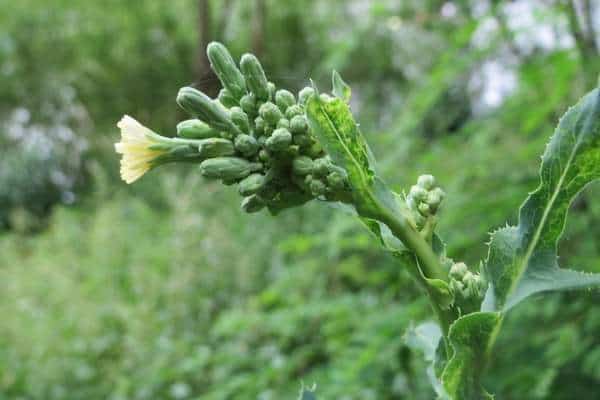
Scientific Name: Lactuca serriola
One of the weeds you might see in your yard in Kentucky is Prickly lettuce. You can find a winter annual in vacant lots, waste areas, and gardens.
Prickly lettuce is distinguished by its erect, arrowhead-shaped, and spiky leaves that grow along its stem. It thrives in full sun and grows best in moist soil and warm weather. If left unchecked, the plant’s aggressive root system can cause it to spread quickly.
13. Large crabgrass

Scientific Name: Digitaria sanguinalis
Large crabgrass is an annual grassy weed found in Kentucky. They’re also known as finger grass and twitch grass, and they can be a nuisance to most gardeners, particularly those who grow vegetable and grain crops in their yards. The weed has a deep root system that easily overtakes neighboring plants and lawns.
Large crabgrass grows in a variety of soil conditions and thrives in hot weather. The plant thrives in full sunlight but can also tolerate partial shade. To control crabgrass, you can either pull it up by hand or use pre-emergence herbicides.
14. Tall Ironweed
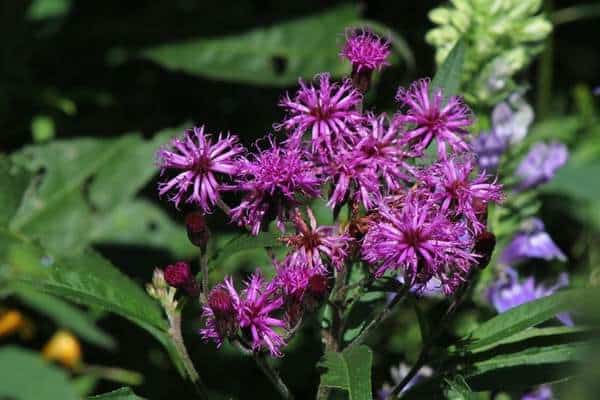
Scientific Name: Vernonia altissima
A Tall Ironweed is a plant with stout, loosely branching stems, toothed leaves, and clusters of reddish-purple or purple flowers. This plant is a weed that you can find in Kentucky.
It thrives in moist, slightly acidic soils with full sun. It can also grow up to 10 feet tall and spread via seeds and root buds. Mowing these weeds frequently will stop them from growing and from setting seeds, which is a great way to stop them from spreading.
15. Poison Hemlock
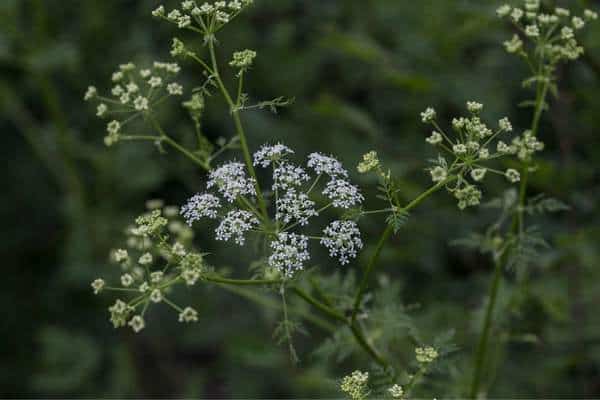
Scientific Name: Conium maculatum
Poison Hemlock is an invasive plant that reproduces rapidly, crowding out native plant species and causing crop damage. It has an upright stem that can grow up to 3 m tall and fern-like leaves.
This plant prefers rich, moist soils and can adapt to various conditions. It’s a highly poisonous weed that must be pulled out immediately by the roots. Don’t mow or cut the weeds because the fumes can be toxic.

